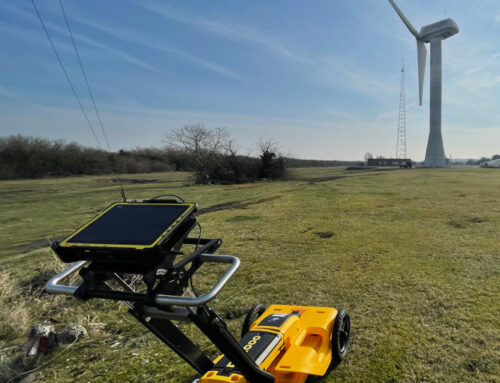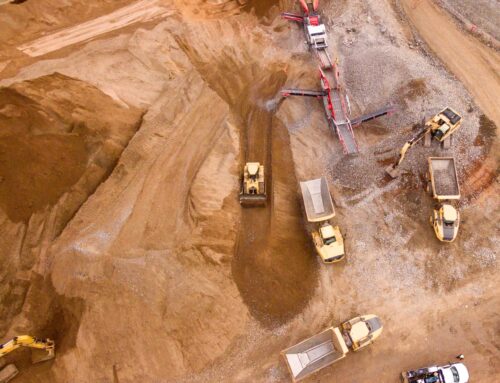A Flood Risk Assessment (FRA) is a technical report that reviews the flood risk to a site.
A flood risk assessment is required to demonstrate that:
• There is little or no flood risk to a proposed development site.
• The flood risk to areas outside of a site is not increased because of developing the site.
• Appropriate flood mitigation measures are provided where required.
Assessing the flood risk of a site is very important as it could mean that:
• Development proposals may need to include sufficient flood mitigation/prevention measures.
• Development may not be permitted.
When Is a Flood Risk Assessment Required?
If your site is within one of the flood zones you will be required to do a flood risk assessment for most developments.
This includes developments:
• In flood zones 2 or 3 including minor development and change of use
• More than 1 hectare in flood zone 1
• Less than 1 hectare in flood zone 1, including a change of use in development type to a more vulnerable class (for example from commercial to residential), where they could be affected by sources of flooding other than rivers and the sea (for example surface water drains, reservoirs)
• In an area within flood zone 1 that has critical drainage problems as notified by the Environment Agency
How Do I Find Out If My Site Is in a Flood Zone?
The government and the Environmental Agency provide a free service that you can use to check whether your site is in a flood zone. You can access this service here.
What Is Included in a Flood Risk Assessment?
A flood risk assessment should review the flood risk to a site from all sources including:
• Fluvial flooding from rivers and other watercourses
• Tidal flooding
• Surface water flooding
• Groundwater flooding
• Sewer flooding
• Reservoir flooding
• Flooding from artificial sources
The level of risk is determined by assessing:
• The frequency of flooding – assessing how often flooding is likely to occur.
• The effects of flooding – the potential flood extents, flood depths and duration of flooding.
• The impacts of flooding – assessing who and what may be affected as well as what the potential damage and consequences may be.
• Site-specific conditions – how the geography and characteristics of a site may influence any of the above flooding conditions.
Benefits of a Flood Risk Assessment from Your Environment
Whether you have a residential or commercial site, our flood risk assessment will identify any risks. Our team is highly qualified, and we will even detail mitigation measures for you, so you don’t have to worry about what to do next.
Conclusion
Need a Flood Risk Assessment? Contact us here to talk to a member of our team or request a free, no-obligation quote.




